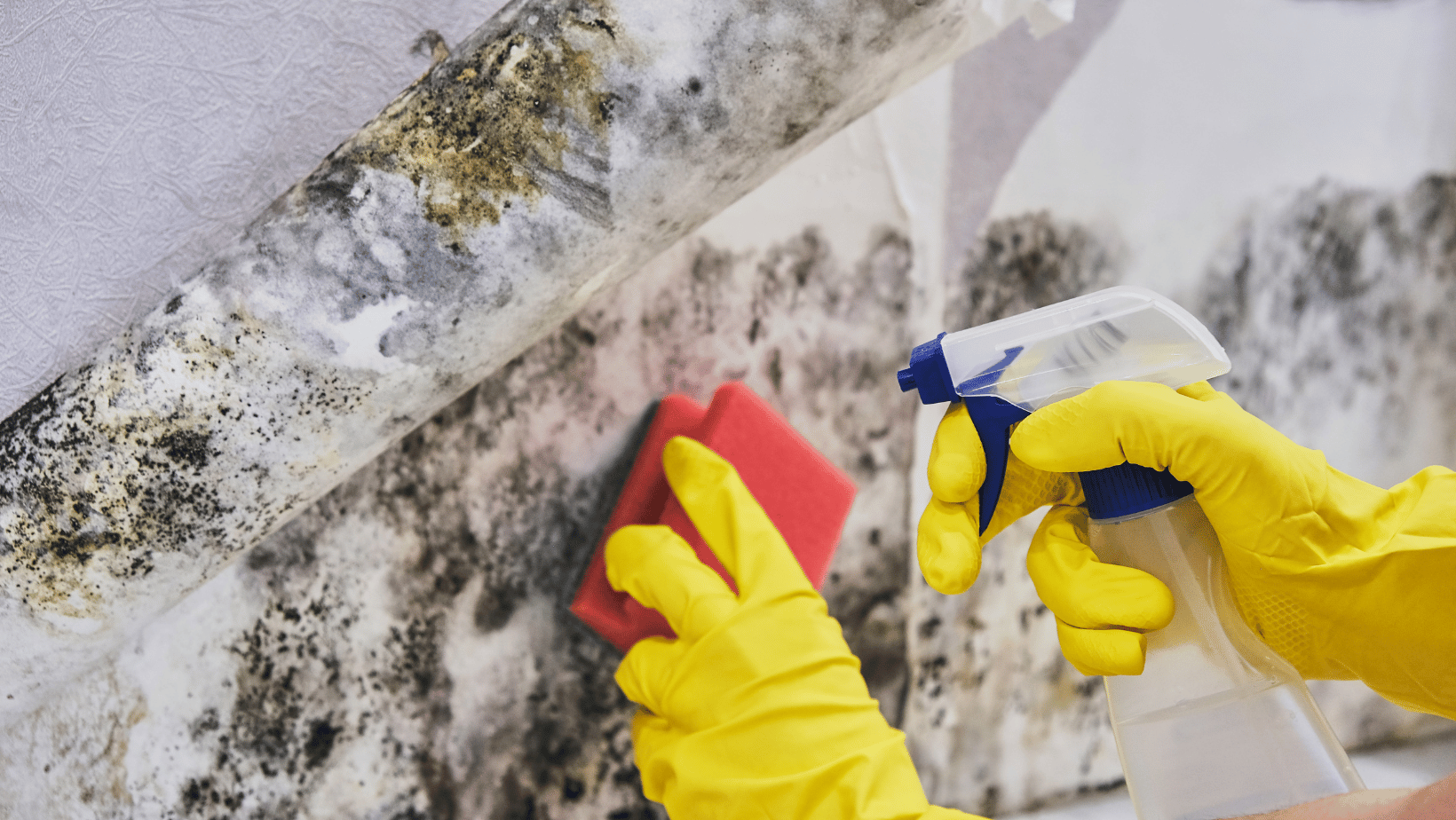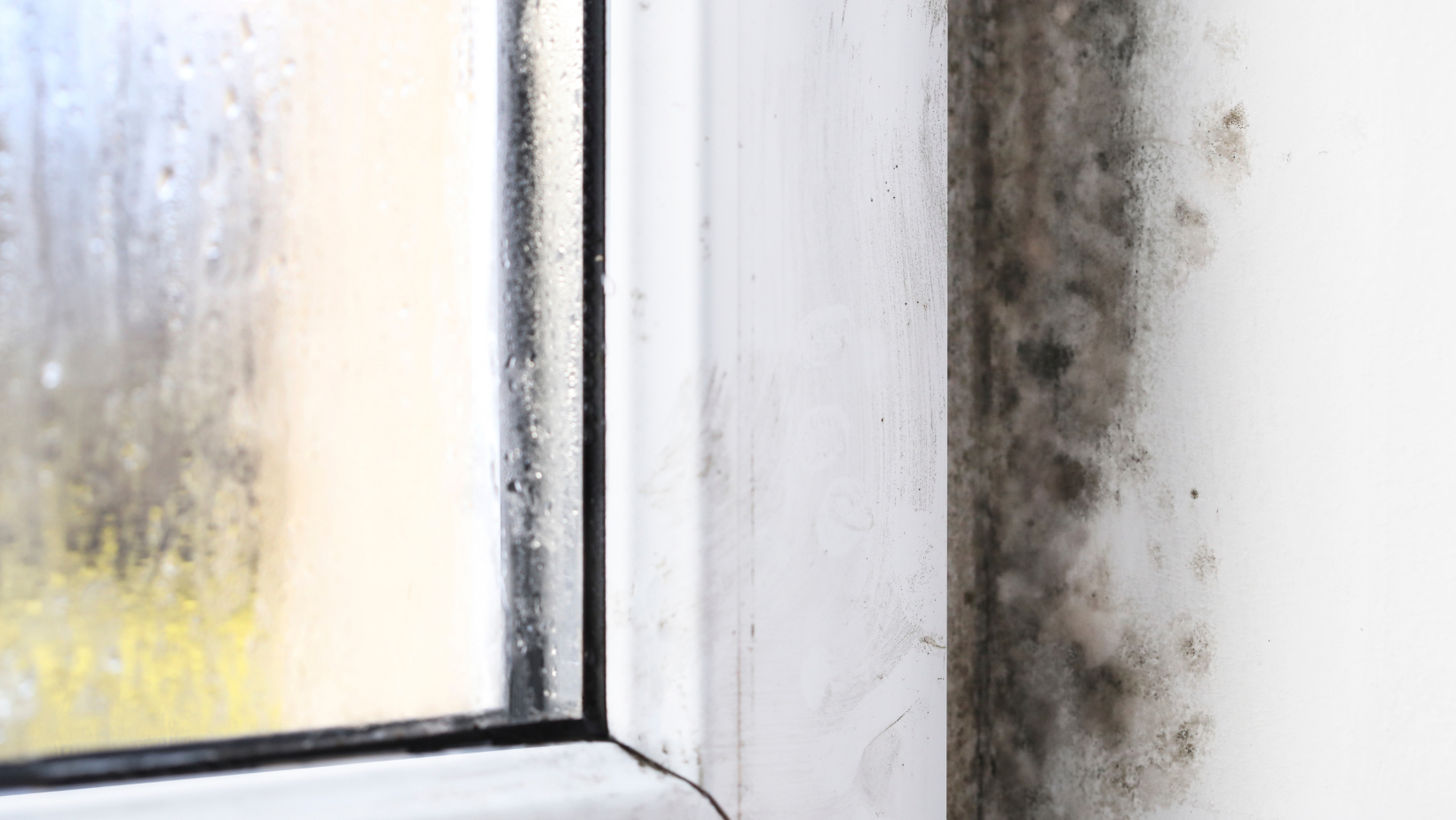What is Black Mold? Should I Be Concerned?
With the heightened awareness around mold, and black mold specifically, comes a whole slew of mold related misinformation and mistreatment. Let's take a closer look at what Louisiana property owners should really know about mold black and the proper treatment of indoor fungal growth.
What is Black Mold?
The infamously known “Black Mold” is most often referring to Stachybotrys and/or Chaetomium. Stachybotrys and Chaetomium are specific mold geneses that do not naturally develop in outdoor environments and are often only present in environments exposed to severe water damage (i.e.: a basement after a flood). These species of mold have been known to produce potent mycotoxins that can cause a variety of health effects to those exposed. While various species of mold can also product toxic mycotoxins, molds like Stachybotrys and Chaetomium are water damage indicators and aren’t usually found outdoors. If either species of mold is developing indoors, it is a serious problem that requires professional black mold removal. In addition to potential toxicity, the presence of these specific mold types means you have a serious underlying water damage problem as well.
Do I Only Need To Worry If It’s Black Mold?
NO – Excessive indoor mold growth (regardless of type) is a problem and needs to be actively removed. While people seem to be hyper-focused on black mold, it is important to remember that all widespread mold growth is problematic. Mold (of all varieties) are a natural part of the environment around us. It plays an important role in the natural breakdown of organic material outside. With normal indoor-outdoor air exchange, certain levels of mold spores (within reasonable limits) are perfectly normal. Mold becomes a problem when it develops in excess in the indoor environment like on wood, drywall, furniture, carpeting or other surfaces. That is because when spores come into contact with a moisture source, the spore begins to germinate, root and spread – causing a more widespread issue. So, if you see mold growing on surfaces in your residential or commercial property, you likely have an underlying moisture issue. Moisture buildup and mold growth causes serious property damage and potential health implications. Whether it is black mold, white mold, gray mold, green mold or otherwise – mold issues often require professional intervention by a mold remediation expert in Louisiana.
What Causes Black Mold In Louisiana Buildings?
As discussed above, mold needs a moisture source to develop and spread. So, mold is most commonly caused by moisture. Some of the more obvious moisture problems include roof leaks, plumbing leaks, flooding and water intrusion. However, you Louisiana homeowners don’t need a major water event to end up with mold. Even seemingly minor issues can provide plenty of moisture for mold. Issues like high humidity, poor ventilation and condensation are among the most common causes of mold growth in residential and commercial properties along the gulf coast.
Specific black molds like Stachybotrys and Chaetomium are water damage indicators and only develop when certain porous surfaces are exposed to severe water damage. These particular species of mold are caused by major water events like flooding, major plumbing leaks or hurricane storm damage. If you have serious flooding or water damage, you should contact a local water damage restoration company right away to extract the flood waters, remove the water damaged materials and start the structural drying to prevent possible mold issues later down the line.
When dealing with indoor mold of any kind, you MUST address causation as well. In addition to removing the mold , you must remove the water source – otherwise regrowth is inevitable. If you suspect a mold problem, you should consult a local mold inspector in Louisiana. A mold inspector is trained and certified to assess the full extent of the mold contamination and assess moisture patterns to understand what caused the mold in the first place. Source removal is equally as important as mold removal. Removing the moisture source and implementing the appropriate moisture control tactics following remediation is key to prevent future regrowth.
Dealing With Black Mold & The Importance Of Proper Mold Remediation
Regardless of color, type or species — elevated indoor mold growth needs to be actively removed to prevent additional damage and problems. Additionally, the moisture source feeding the mold growth needs to be properly addressed in order to prevent future regrowth. A professional mold removal company in your local area will have the necessary experience and training to help with your mold problems. Mold is considered a bio-contaminate that requires specialized cleanup.
Professional mold remediation is completed under critical containment to prevent cross-contamination to clean, unaffected areas. Non-salvageable building materials, that cannot be effectively cleaned, will need to be carefully extracted, properly bagged and safely disposed of. The remaining surfaces need to be cleaned following strict mold remediation standards and guidelines. Specially trained mold remediation technicians adhere to strict safety protocols to ensure safe and effective cleanup.
If you suspect a mold problem or if you are worried about black mold -- DryMax provide mold inspection and black mold testing services throughout the New Orleans, Acadiana, Baton Rouge and Lake Charles areas. Call our local office today to learn more -- 337-446-2042.
You might also like
DryMax Mold Blogs




